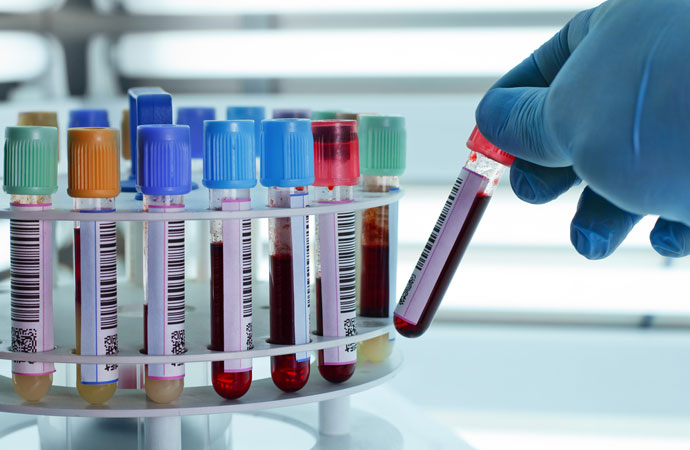Researchers Developing ‘One-Size-Fits-All’ Artificial Blood That Could Change The World Of Healthcare
Researchers from England’s University of Essex are working on developing a new artificial blood that could be used in place of real blood during blood transfusions.
The artificial blood is the focus of the Haem02 project to “create a safe blood substitute for the 21st century.” The research team led by professor Chris Cooper is designing what will be a “one-size-fits-all” solution to the global need for blood, which would not only be easier to distribute and store, but also easier to administer. The goal is to create a blood that can be stored at room temperature and administered to anyone, regardless of his or her blood type—both issues when dealing with real blood.
The research team’s project aims to create a safe and effective artificial hemoglobin-based oxygen carrier (HBOC) as a substitute for the blood lost in surgery or trauma. Hemoglobin is the key protein in red blood cells, and carries oxygen around the body. Although it’s been attempted before, creating a safe HBOC substitute has been problematic because hemoglobin can be toxic once outside the protective environment of the red blood cell. Cooper explains that this HBOC in development, however, would be detoxified by the body’s own defenses.
“It means we could overcome some of the inherent problems with transfusions as there would be no need for blood group typing and a longer shelf life means you are able to stockpile the supplies necessary for major disasters.” Cooper said in a university statement.
It also offers the opportunity for routine transfusion support in ambulances or at remote inaccessible locations.”
Among the people who could most benefit from the artificial blood and who remain at the top of the priority list to help include: “high-risk patients, [people in] high stress environments, immunocompromised or chemotherapy patients; and patients where standard donor blood carries a risk, including patients who have had previous transfusion related adverse events,” according to the HaemO2 project website.
The research team has already received more than £1.5 million in funding from the Medical Research Council (MRC)’s Biomedical Catalyst program and the Biotechnology and Biological Sciences Research Council (BBSRC)’s Super Follow On Fund; and the artificial hemoglobin product has already been granted patents in the U.S. and Australia, with a patent pending in the EU.










































